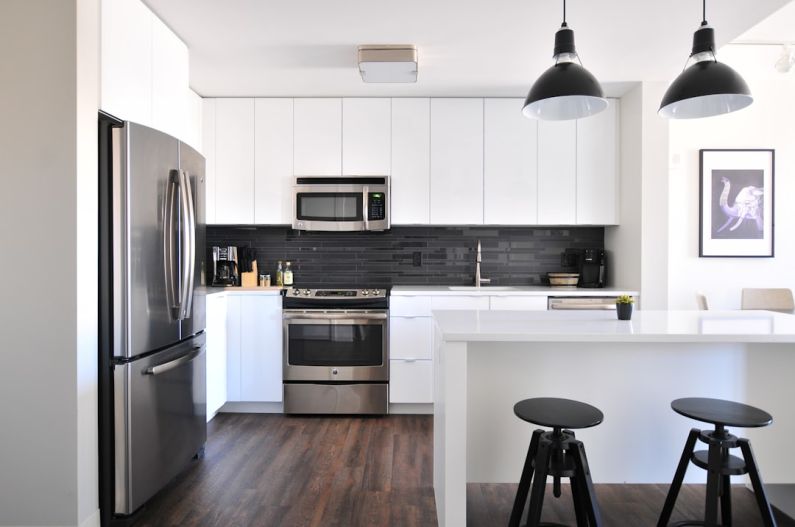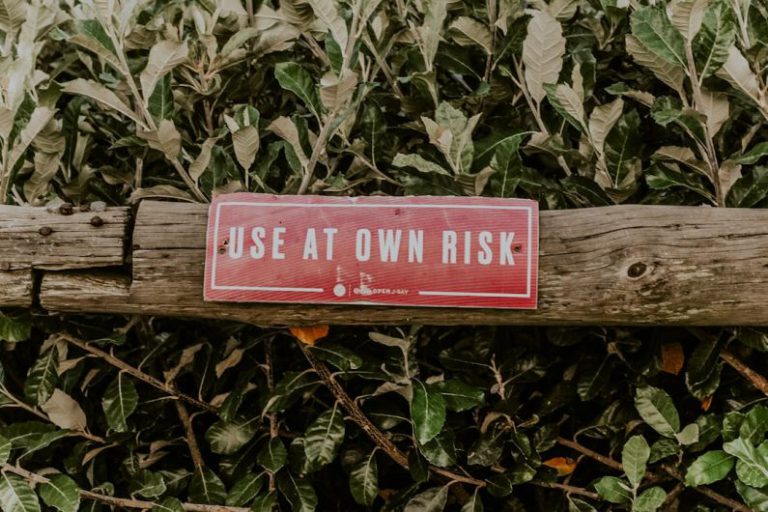
Foreclosed homes can present a unique opportunity for prospective buyers looking to invest in a property. However, before making a purchase, it is crucial to inspect the home thoroughly to assess its condition and potential issues. In this guide, we will explore the essential steps to inspect a foreclosed home effectively.
Understanding the Foreclosure Process
Before diving into the inspection process, it is essential to understand the foreclosure process. When a homeowner fails to make mortgage payments, the lender may seize the property and sell it to recover the outstanding debt. This can lead to the property being listed for sale as a foreclosure, often at a discounted price. It’s important to note that foreclosed homes are typically sold as-is, meaning that the buyer is responsible for any repairs or issues that may arise.
Research the Property History
One of the first steps in inspecting a foreclosed home is to research the property’s history. This can include finding out when the property was foreclosed, previous ownership details, and any liens or outstanding debts on the property. This information can provide valuable insights into the condition of the home and any potential issues that may need to be addressed.
Exterior Inspection
Begin the inspection process by assessing the exterior of the home. Look for signs of neglect or damage, such as overgrown vegetation, peeling paint, or missing roof shingles. Check the foundation for cracks or signs of settlement, as well as the condition of the windows, doors, and siding. Pay close attention to the overall curb appeal of the property, as this can impact its resale value.
Roof and Gutters
Inspecting the roof is crucial, as roof repairs can be costly. Look for missing or damaged shingles, signs of water damage, and sagging areas. Check the gutters for debris and ensure they are securely attached to the home. A well-maintained roof is essential for protecting the interior of the home from water damage.
Interior Inspection
Once you have assessed the exterior, it’s time to move inside the home. Pay attention to the overall condition of the interior, including the walls, floors, and ceilings. Look for signs of water damage, mold, or pest infestations. Test the plumbing fixtures, electrical outlets, and appliances to ensure they are in working order. Inspect the HVAC system and water heater to determine their age and condition.
Structural Integrity
Check the structural integrity of the home by looking for cracks in the walls or foundation, sloping floors, or doors that do not close properly. These can be indicators of underlying issues that may require costly repairs. If you are unsure about the structural integrity of the home, consider hiring a professional inspector to conduct a more thorough assessment.
Final Thoughts
Inspecting a foreclosed home requires careful attention to detail and a thorough assessment of the property’s condition. By researching the property history, conducting a comprehensive inspection of the exterior and interior, and evaluating the structural integrity, you can make an informed decision about whether to purchase the home. Remember that foreclosed homes are sold as-is, so be prepared to invest time and money into repairs and renovations if needed. A thorough inspection can help you avoid potential pitfalls and ensure that you are making a sound investment in a foreclosed property.





